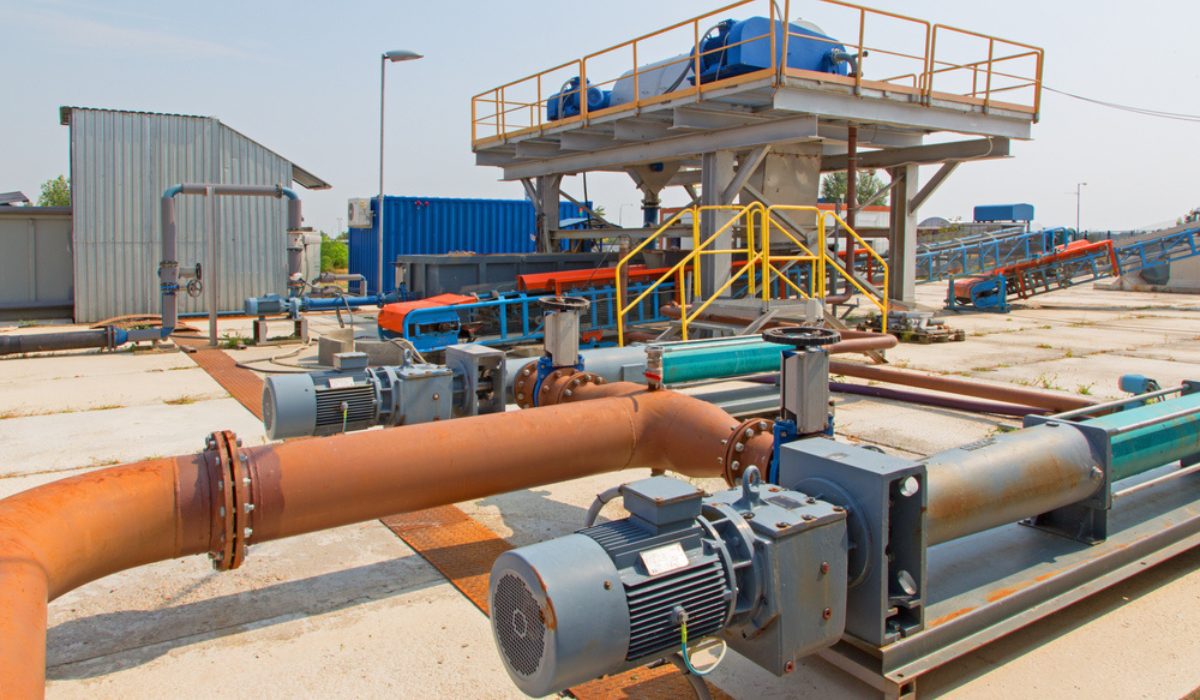Dewatering is an essential process that involves removing water from a construction site, excavation, or underground tunnel. The process is critical to ensuring that the work environment is safe and stable for construction workers, and to prevent waterlogging in the soil. This article will explore the concept of dewatering in detail.
Dewatering: What is it?
Dewatering is the process of removing water or moisture from a solid material or soil. This can be done for a variety of reasons, such as reducing the weight or volume of the material, improving its stability or strength, facilitating handling or transportation, or separating the water from the solid material for disposal or reuse.

Source: Pinterest
Dewatering techniques vary depending on the type and characteristics of the material, as well as the volume and quality of the water to be removed. Some common methods of dewatering include mechanical dewatering, such as centrifugation or pressure filtration, thermal dewatering, such as drying or evaporation, and chemical dewatering, such as flocculation or sedimentation.
Dewatering: Methods
Dewatering is the process of removing water from solid material or soil by using various techniques.

Source: Pinterest
The following are some of the commonly used dewatering methods:
- Gravity dewatering: Gravity dewatering is a simple method that involves allowing the water to drain naturally from the solid material. This method is commonly used for sludge dewatering in small-scale applications.
- Filtration: Filtration involves passing the slurry or sludge through a filter medium to separate the solid and liquid phases. The filter medium can be a cloth, paper, or any other porous material.
- Centrifugation: Centrifugation is a process in which a centrifuge is used to separate the solid and liquid phases by spinning the material at high speeds. This method is commonly used for sludge dewatering in large-scale applications.
- Drying beds: Drying beds are constructed to allow the sludge or solid material to drain naturally by gravity. The beds are lined with a layer of sand or gravel, which acts as a filter medium, and the sludge is spread on top of this layer.
- Mechanical dewatering: Mechanical dewatering involves the use of mechanical equipment, such as a belt press or screw press, to separate the solid and liquid phases. This method is commonly used for sludge dewatering in medium to large-scale applications.
- Thermal drying: Thermal drying involves heating the sludge or solid material to evaporate the water. This method is commonly used for sludge dewatering in large-scale applications.
Dewatering: Applications
Here are some of the common applications of dewatering:
- Mining and mineral processing: In the mining industry, dewatering is used to remove water from mineral concentrates and tailings. This helps to reduce the volume of waste that needs to be disposed of and makes transportation of the mineral concentrates easier.
- Construction sites: Dewatering is commonly used at construction sites to remove water from the excavation sites. This helps to prevent waterlogging and improve the stability of the soil.
- Wastewater treatment: In wastewater treatment plants, dewatering is used to remove water from sludge generated during the treatment process. This makes the sludge easier to handle and reduces the volume that needs to be disposed of.
- Agriculture: Dewatering is used in agriculture to remove excess water from the soil to improve its structure and reduce the risk of erosion.
- Food processing: Dewatering is used in the food industry to remove water from food products such as fruits, vegetables, and meat. This helps to increase the shelf life of the products and improve their texture.
- Oil and gas industry: Dewatering is used in the oil and gas industry to remove water from drilling mud and other waste materials generated during the extraction process. This helps to reduce the volume of waste that needs to be disposed of and makes transportation of the waste easier.

Source: Pinterest
FAQs
What are the different dewatering techniques used in construction?
There are several dewatering techniques used in construction, including wellpoints, deep wells, sumps and trenches, and open pumping. The choice of technique depends on the site's conditions and the amount of water that needs to be removed.
What kind of equipment is required for dewatering?
The equipment required for dewatering varies depending on the technique used. Common dewatering equipment includes submersible pumps, wellpoints, vacuum dewatering systems, and sludge dewatering equipment.
What are the environmental impacts of dewatering?
Dewatering can have both positive and negative environmental impacts. Positive impacts include the prevention of waterlogging and the facilitation of construction activities. Negative impacts include the depletion of groundwater resources, disturbance of aquatic habitats, and contamination of soil and groundwater with pollutants.
Are there any regulations or permits required for dewatering?
Yes, there are regulations and permits required for dewatering in most jurisdictions. These may include obtaining permits for discharge of water, compliance with local and state environmental regulations, and monitoring of water quality. It is important to check with local authorities to ensure compliance with all applicable regulations.






